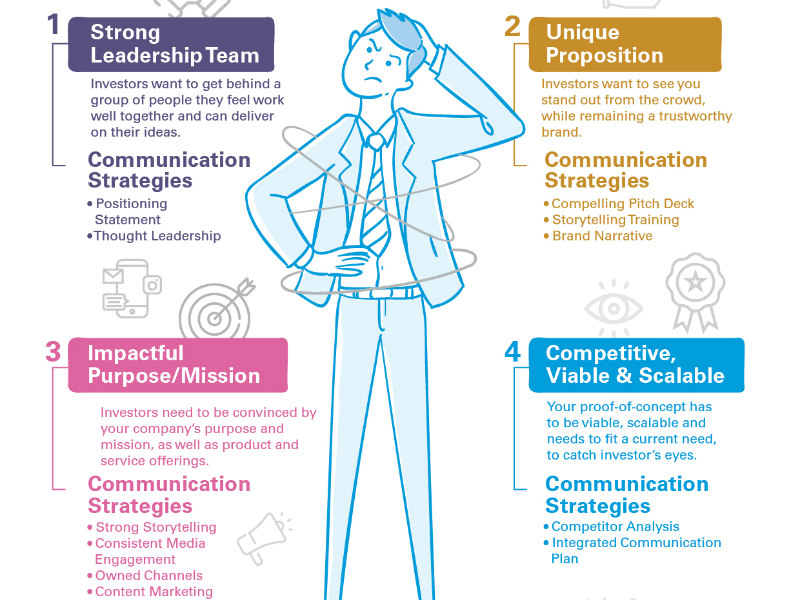David Blecken 27 Nov 2020 // 2:36AM GMT

Covid-19 has been devastating for many businesses, but for many in the startup world it has presented opportunity. The resulting lifestyle changes, which have taken hold seemingly in the blink of an eye, have added relevance and urgency to those working to innovate sectors such as healthcare, ecommerce, education and fintech.
At the same time, increased caution among investors has made the landscape considerably more difficult for companies in need of funding. In conjunction with KPMG, SPAG, a Singapore-based PR consultancy, conducted a qualitative survey of 26 investors across Asia-Pacific in an effort to understand how startups can best use communications to gain an edge.
Unsurprisingly, the research indicated that when looking at a startup, investors want to see evidence of effective digitisation, of both business models and potentially entire sectors. Assuming they are doing that, one of the biggest challenges startups face is communicating their achievements in a way that is readily understandable and convincing in a longer-term context.
SPAG’s study found investors’ top considerations to be the startup’s capacity to solve a current problem (55%); the product or service in general (27%); its level of innovation (9%); and its marketability (also 9%).
In terms of the people behind a startup, investors primarily weigh up attitude and personality (23%); expertise (18%); and complementarities of expertise within the group (9%). They also look at past experience, credibility, match with the product or service itself, and attitude, SPAG said.
Investors learn about startups to the largest extent directly from peers (36%). Other channels include industry bodies (27%); events (18%); media coverage (18%); referrals (18%); startup outreach and government support platforms (both 14%); and LinkedIn (9%).
To win investors over, SPAG recommends breaking communications strategies into five distinct brackets. Top priority is to present a strong leadership team, followed by the uniqueness of the proposition; its sense of purpose; its viability, competitiveness and scalability; and the overall capability of the team.
In practical terms, the first step is to gain the attention of investors. Taking the current situation into account, SPAG recommends “a drumbeat of regular content on LinkedIn” to convey passion, consistency and confidence, as well as newsletters. Subscribers do tend to read them, “even if it is just for 30 seconds”, the report quotes Verge HealthTech Fund managing partner Dr Joseph Mocanu as saying. Having raised interest, the pitch must be tailored to the interests of that investor.
Next comes the brand narrative, which should be “a comprehensive document” detailing purpose, product and service and other key pillars. SPAG recommends using it as a “compass for keeping your communications in check” while ensuring it is adaptable to various marketing strategies and channels. In terms of channels, the company advises having a website “at the very least” but ideally posting regular content on the social media channels relevant to a particular audience. Startups should not underestimate the importance of generating media coverage either, particularly at launch—but “a mismatch in placement could detract from you core messaging and dilute your brand”. It is then important to measure the progress of these initiatives by assessing media, website and social media engagement and conversions, SPAG said.
Conveying uniqueness is largely a question of understanding what competitors are doing and behaving differently while ensuring the messaging matches the audience. But SPAG stresses that internal communications is of equal importance, even though startups often leave it out. “Internal communications is the glue that holds your company together amidst changing business plans, dynamic teams and evolving markets,” it said.
To cement market leadership SPAG sees thought leadership as key and says the three essential components are “awareness, credibility and consistency”. The rules for startups are much the same as for mainstream brands: championing an issue can be beneficial, but anything in this vein should align with branding and proposition, and be well-targeted.
“Clinical studies and published scientific papers…[speak] a lot more than the startup making a bit of noise on social media,” according to Mocanu.


































.jpg)

















